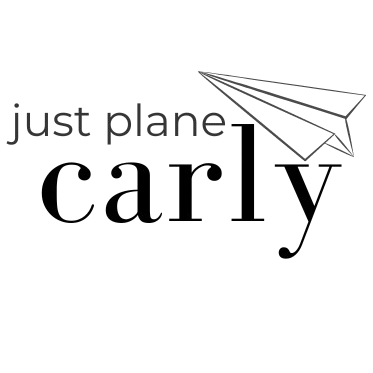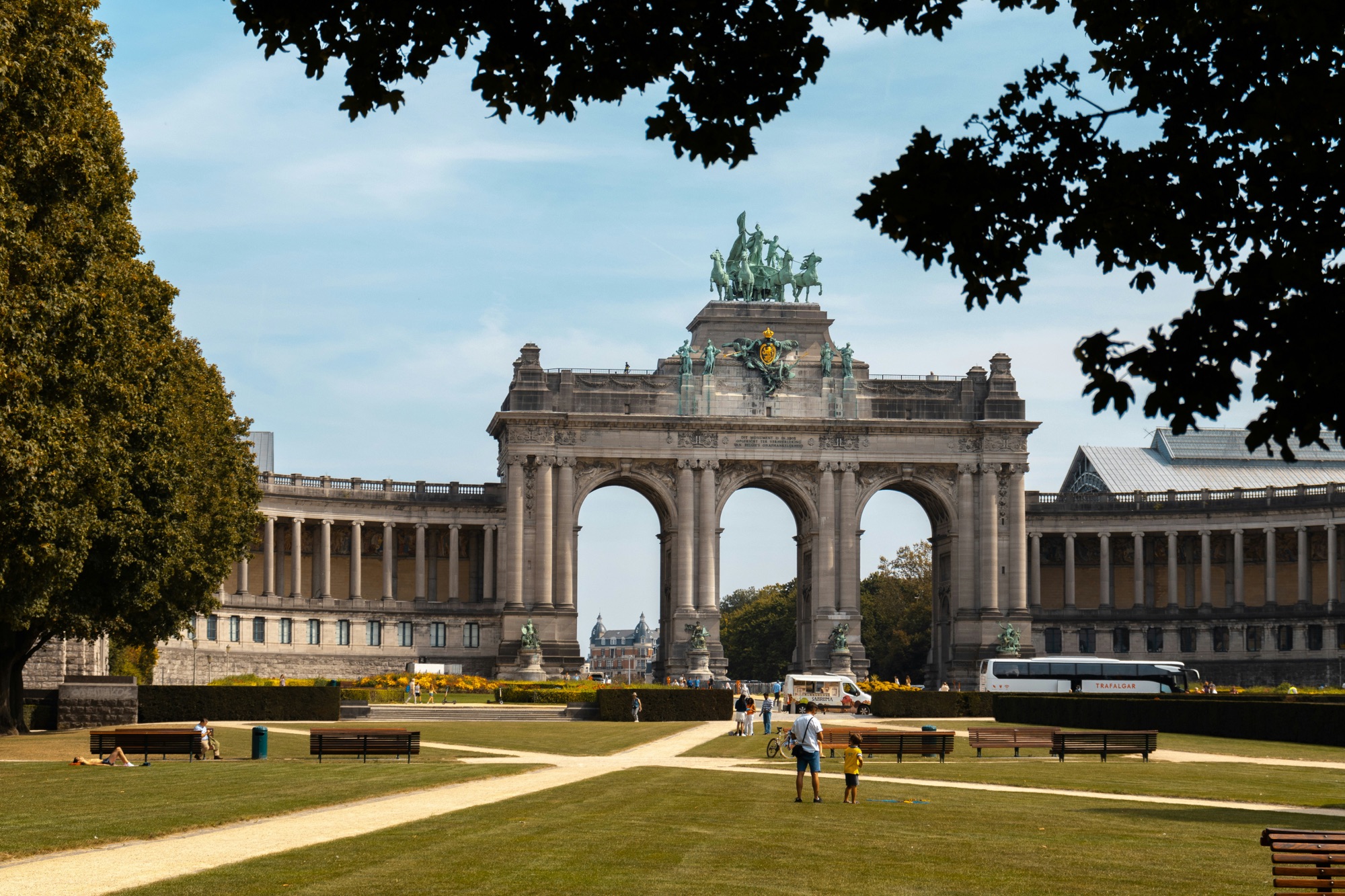This will be the first itinerary of many as we travel around Europe as a family. Coming from London, Brussels will be our first stop where we will plan to spend 2 to 3 days. This is that itinerary. As history lovers, we will be focusing on the history and culture of the city while still keeping it engaging for the kids. Feel free to steal this Brussels with kids itinerary for your own Brussels adventure!
Brussels, the capital of Belgium, is not only the political hub of the European Union but also a city rich in history and culture. Known for its stunning medieval architecture, world-class museums, and vibrant comic strip culture, Brussels offers a fascinating blend of the old and new. Founded in the 10th century, Brussels has grown from a small fortress town into a bustling metropolis. Its central location has made it a key city throughout European history, especially in trade, diplomacy, and culture.
When to go to Brussels with Kids?
For good weather:
Visit from May to September for warm, pleasant weather.
For fewer crowds:
April and October offer fewer tourists and moderate weather.
Transportation Options in Brussels with Kids
Brussels’ public transport system includes buses, trams, and metros, making it easy to get around. Walking is also convenient, and taxis or ride-sharing services are available.
It’s also important to note that Belgium does not require children sat in the backseat of taxis or ride shares to be in car seats. They also do not require car seats for children under 3 years old (and under 135cm tall) wearing a seatbelt in the back seat during short term occasional transport in cars and vans.
Brussels public transport system is also very stroller/pram friendly with most stations having lifts. Walking with a stroller/pram may be more difficult if you are taking a cobblestone street.

Day 1: Historical Heart of Brussels with Kids
Grand Place
Brussels’ Grand Place is the city’s central square and a UNESCO World Heritage Site. It dates back to the 12th century, once serving as a marketplace for traders and merchants. Its surrounding buildings, including the opulent Town Hall and the King’s House (Maison du Roi), showcase Gothic, Baroque, and Louis XIV architecture. Grand Place is one of the most beautiful squares in Europe, known for its rich history and stunning guildhalls.
Manneken Pis
A short walk from the Grand Place, Manneken Pis is a small bronze statue of a boy urinating into a fountain. Despite its modest size, it holds great significance in Brussels’ folklore. Dating back to the early 17th century, this quirky statue symbolizes the city’s irreverent spirit. The statue is often dressed in various costumes for festivals, and there are many legends explaining its origins, making it a fun, lighthearted stop for kids.
Galeries Royales Saint-Hubert
Opened in 1847, the Galeries Royales Saint-Hubert is one of Europe’s oldest shopping arcades and a pioneer of luxury retail spaces. Its elegant glass ceiling and ornate design make it a historical and architectural gem. Besides offering shopping, cafes, and chocolatiers, the galleries were once a cultural hotspot, hosting theaters and bookshops.
*Comic Strip Murals
Brussels is the birthplace to some of Europe’s most famous comics. While there is a Comic Art Museum you can visit for €13, the city has become somewhat of a comic strip itself with comic murals painted across the city. Even though we won’t be doing it, I wanted to mention it as it is an important part of the city’s culture and worth keeping an eye out for. There is a comic strip trail you can follow to see them all if you wish.

Day 2: Monuments and Museums
Atomium
Built for the 1958 World Expo (Expo 58), the Atomium is one of Brussels’ most iconic structures. Its design represents an iron crystal magnified 165 billion times and reflects optimism about science and progress in the post-war era. Standing at 102 meters tall, it consists of nine interconnected spheres, each housing exhibitions on science, technology, and the history of the World Fair. The top sphere offers a panoramic view of Brussels, and kids can enjoy the interactive displays.
Parc du Cinquantenaire
This sprawling park was created in 1880 to celebrate the 50th anniversary of Belgium’s independence. The centerpiece is its imposing Cinquantenaire Arch, which houses three museums, including the Royal Museum of the Armed Forces. The park itself is a beautiful place to relax, with open lawns, walking paths, and playgrounds.
Royal Museum of the Armed Forces and Military History
Located within Parc du Cinquantenaire, this museum offers a comprehensive look at Belgium’s military past, from medieval times to modern warfare. Its exhibits include uniforms, weapons, and a wide array of military vehicles, such as tanks and planes. Children will particularly enjoy the aviation section, which includes real aircraft and interactive displays. As my husband is in the military, this is of specific interest for us!

Day 3: Royalty and More History
Royal Palace of Brussels
The Royal Palace of Brussels is the official residence of the Belgian monarchy, although the royal family no longer lives there. Its grand façade and lavish interiors offer insight into Belgium’s royal history and governance. In summer, the palace opens to the public, allowing visitors to tour the staterooms, each filled with opulent decor, tapestries, and historical artifacts. The palace gardens are also a highlight and a peaceful escape in the city center.
Parc de Bruxelles
End your day at the Parc de Bruxelles, also known as Brussels Park, located near the Royal Palace. This large public park is a favorite spot for both locals and visitors to relax and play. Originally a hunting ground for the royal family, the park was redesigned in the 18th century as a public space, featuring neoclassical statues, fountains, and wide avenues. Kids can enjoy the playgrounds.

What to Eat in Brussels with Kids
Belgian Waffles
Belgium is home to two distinct types of waffles: the Brussels waffle and the Liège waffle. The Brussels waffle, known for its light, crispy texture and rectangular shape, dates back to the 19th century and is typically dusted with powdered sugar. The Liège waffle, named after the Belgian city, is denser, sweeter, and made with chunks of caramelized sugar. Waffles hold cultural significance as a traditional street food and have become synonymous with Belgium’s culinary identity.
Maison Dandoy is one popular place to try both varieties.
Frites (Fries)
Belgian frites (fries) are a source of national pride, often claimed as the origin of French fries. Unlike standard fries, Belgian frites are typically double-fried in beef fat, giving them a crispy exterior and soft, fluffy interior. Traditionally served in a paper cone and accompanied by a variety of sauces, frites date back to at least the 17th century. Legend says that villagers in Belgium’s Meuse Valley fried potatoes when rivers froze over, preventing them from catching fish.
Maison Antoine or Frit Flagey are suggested for authentic tastes.
Chocolate
Belgium is world-renowned for its high-quality chocolate, a legacy dating back to the 19th century when Jean Neuhaus invented the praline (a filled chocolate). Belgian chocolate’s reputation stems from strict quality standards, including high cocoa content and the use of pure cocoa butter. Chocolatiers like Pierre Marcolini and Neuhaus have elevated Belgian chocolate into a global luxury. For Belgians, chocolate is not just a treat but part of the country’s cultural heritage, deeply ingrained in its identity and economy.
Speculoos
Speculoos are spiced cookies traditionally eaten during St. Nicholas’ feast in early December. The cookie’s origins are believed to date back to the Middle Ages, when it was made in religious monasteries. The warm blend of cinnamon, nutmeg, cloves, and ginger gives it a distinct flavor, and it’s often served with coffee or crumbled over desserts. Speculoos have become popular worldwide, especially after the spread of Speculoos spread, a creamy, cookie-based spread.
Maison Dandoy is famous for its speculoos.
Belgian Beer
Belgium is world-famous for its beer culture, with a brewing tradition that dates back to the Middle Ages. Belgian beers come in a wide variety of styles, including Trappist ales, abbey beers, wheat beers, and the distinct sours like lambics and gueuze. Many Belgian beers are brewed by monks in Trappist monasteries, making them unique in both flavor and tradition. Beer is an integral part of Belgian life and cuisine, with local breweries like Cantillon and Delirium offering tasting experiences for beer enthusiasts.
When traveling with kids, enjoying a local beer while dining at a family-friendly restaurant is a great way to experience a cornerstone of Belgian culture.
Where to Stay in Brussels with Kids
City Center (Grand Place)
Stay close to major attractions.
- Budget: La Bourse Hotel
- Midpoint: NH Collection Brussels Centre
- Luxury: Rocco Forte Hotel Amigo
European Quarter
Quiet area with parks and museums.
- Budget: Holiday Inn Brussels Schuman, an IHG Hotel
- Midpoint: Thon Hotel EU
- Luxury: Sofitel Brussels Europe
If you are interested in following along on our journey, please join us over on TikTok or Instagram. You can also join our mailing list where I can notify you of updates to this itinerary, new itineraries, and other posts.
Check out my e-book, How to Travel with A Baby.
Everything you need to know about traveling with a baby in just 56 pages.
Subscribe to my e-mail list.
Get access to exclusive content and be the first to know about new content.


Comments
2 responses to “Brussels with Kids Itinerary”
You helped me a lot with this post. I love the subject and I hope you continue to write excellent articles like this.
You’ve been great to me. Thank you!